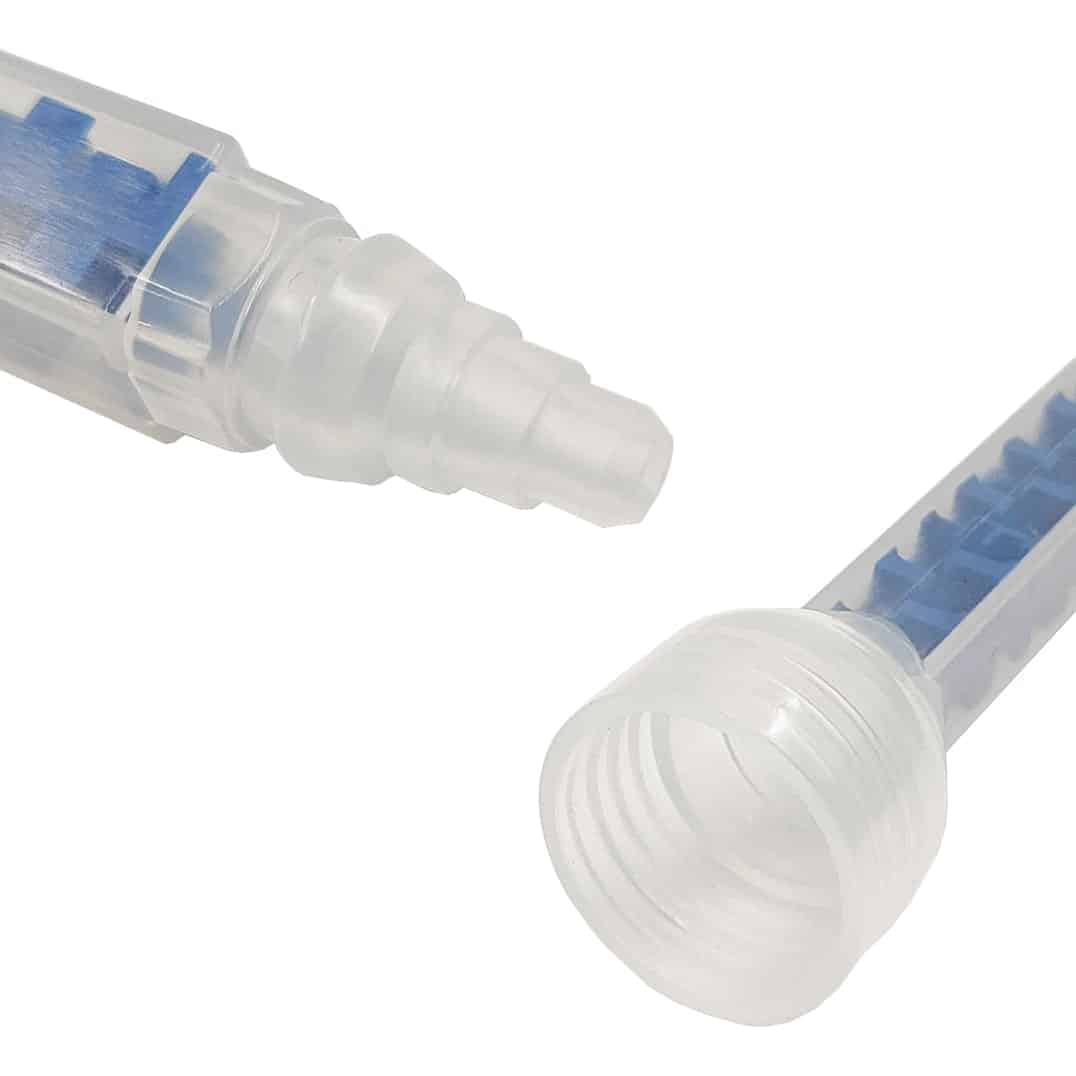Epoxy resin is a popular material used in a wide range of applications, from construction to art. However, working with epoxy in cold weather can present challenges, as low temperatures can affect the viscosity of the resin and hardener, making them difficult to mix and apply. One common question that arises is whether heating the epoxy mixing nozzle in winter is necessary or beneficial. In this article, we’ll explore the effects of cold weather on epoxy resin, the benefits of heating the mixing nozzle, and provide tips for working with epoxy in cold temperatures.

Effects of Cold Weather on Epoxy Resin:
Cold weather can significantly impact the properties of epoxy resin and hardener. Low temperatures can cause the resin and hardener to thicken, making them more difficult to mix and apply. This can result in a less effective bond and a finished product that may not meet the desired specifications.
In addition to affecting the viscosity of the epoxy, cold weather can also prolong the curing time. Epoxy resin cures through a chemical reaction that is exothermic, meaning it generates heat as it cures. In cold temperatures, this reaction can slow down, leading to a longer curing time. This can be problematic, especially in applications where a quick cure time is essential.
Benefits of Heating the Epoxy Mixing Nozzle:
Heating the epoxy mixing nozzle in winter can offer several benefits. One of the primary benefits is that it can help reduce the viscosity of the epoxy resin and hardener, making them easier to mix and apply. By heating the mixing nozzle, you can ensure a smooth and consistent flow of epoxy, which is essential for achieving a proper bond.
Additionally, heating the mixing nozzle can help prevent clogging, especially when working with two-part epoxies that tend to harden quickly in cold temperatures. By keeping the mixing nozzle warm, you can prevent the epoxy from hardening prematurely and ensure a steady flow of resin and hardener.
Tips for Working with Epoxy in Cold Temperatures:
Preheat the Mixing Nozzle: Before using the epoxy, preheat the mixing nozzle slightly to reduce the viscosity of the resin and hardener.
Use a Heat Gun: If working outdoors or in a particularly cold environment, use a heat gun to heat the mixing nozzle gently. Be careful not to overheat the epoxy, as this can affect the curing process.
Warm the Epoxy Resin and Hardener: Place the epoxy resin and hardener containers in a warm room or use a heat lamp to warm them before mixing. This can help reduce the viscosity of the materials and improve their flow.
Monitor the Temperature: Keep an eye on the temperature of the epoxy resin and hardener as you work. If they start to thicken, consider warming them up again to maintain a proper viscosity.
Work Quickly: Cold temperatures can shorten the working time of epoxy resin, so work quickly to mix and apply the epoxy before it starts to cure.
Conclusion:
Heating the epoxy mixing nozzle in winter can be beneficial for reducing the viscosity of the resin and hardener, making them easier to mix and apply. By following the tips outlined in this article, you can ensure successful epoxy projects even in cold weather. Remember to always use caution when heating epoxy and to monitor the temperature closely to avoid overheating.
